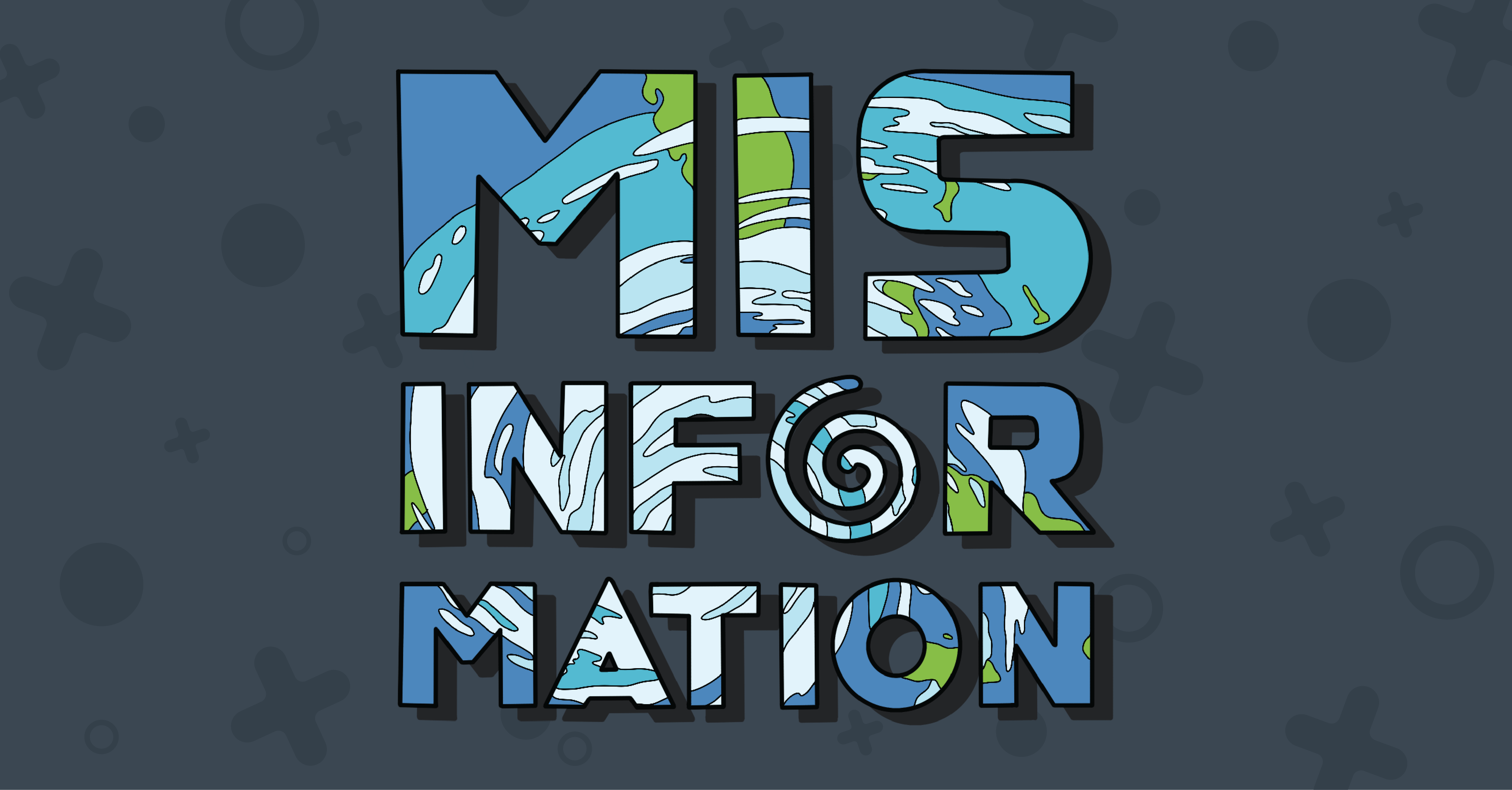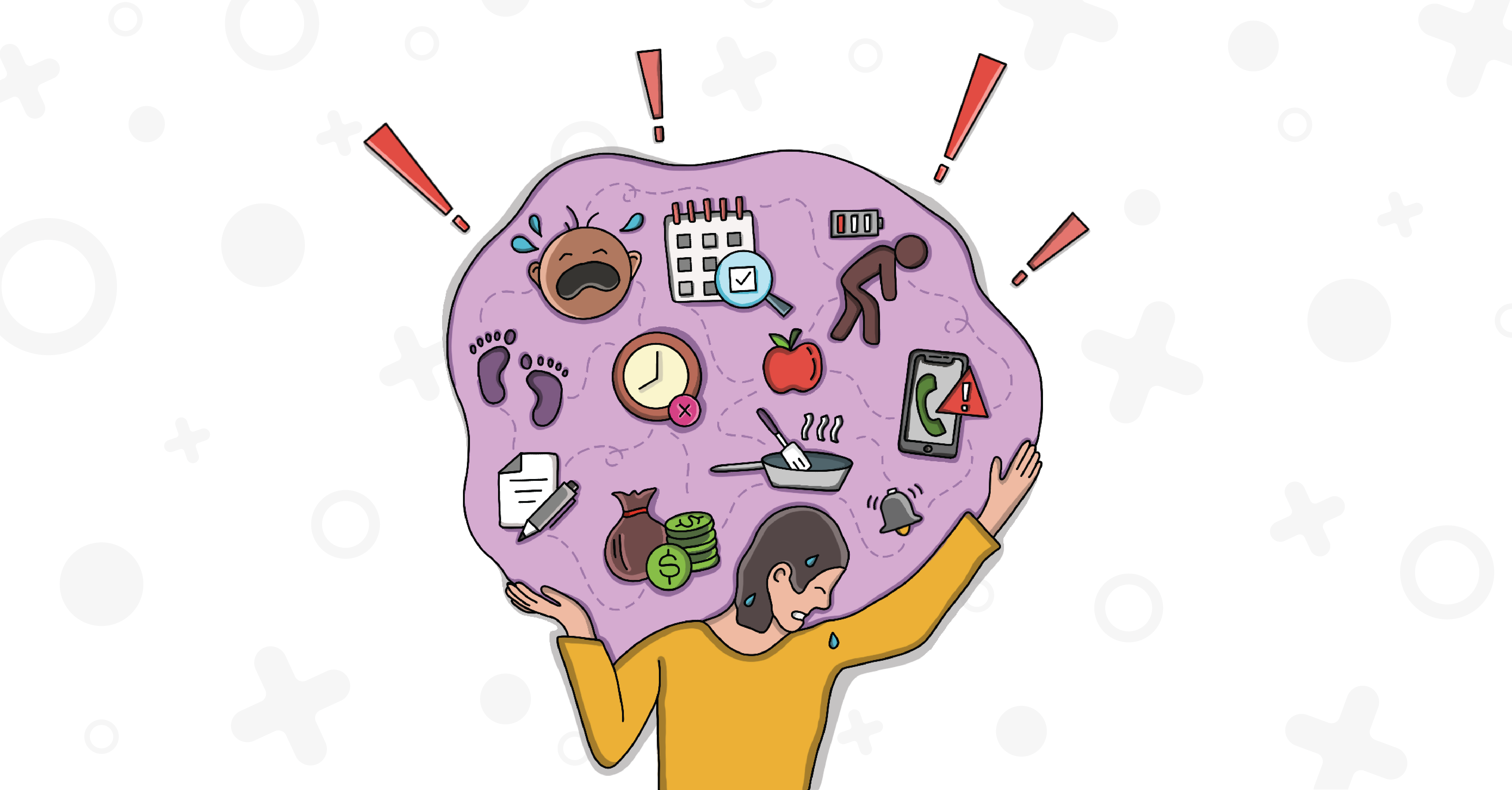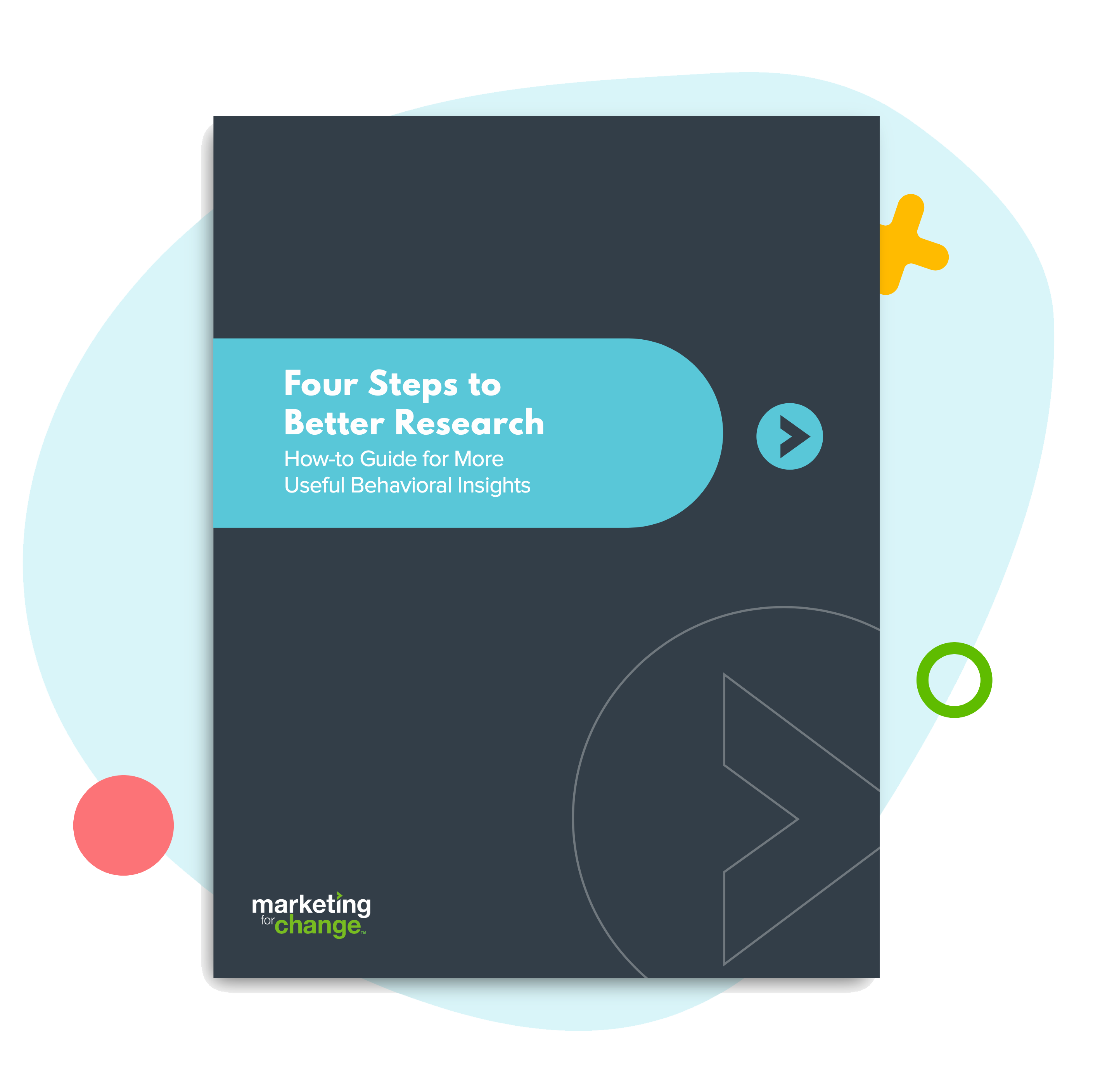
How To Make Facts Matter: The Science of Building Stories
Last month I had the luck to attend the frank public interest communications conference at the University of Florida. The annual gathering is perennially thought-provoking and inspiring, and this year was exceptional. From Tony Weaver of Weird Enough Productions to Michael McPhearson of Veterans for Peace to Annie Flanagan, whose startling photographic essay on gender violence and trauma was both intimate and sweeping, the speakers seared their social change messages into my brain by using the most important tool communicators have at their disposal: the telling of stories.
It’s important to note that franksters love facts. This is, after all, a conference that gives an annual $10,000 research prize, and features lightning talks called “7 Minutes in Heaven With a Scientist.” But one of the things science tells us is that stories are the best way to make facts matter.
Storytelling was at the core of each of the conference’s more than 30 presentations, with many of them leveraging riveting personal narratives of triumph over adversity. Of course, it’s no surprise that frank does storytelling so well. The UF College of Journalism and Communications has been working for several years to dive into the research and put together a science-based guide to storytelling. And fortunately for anyone interested in key techniques for storytelling — as well as the science behind them — that guide is now available for free online at ScienceOfStories.org.
Here are five key things to know about why you need (good) storytelling to make facts matter.
Stories lead, facts follow. In his introduction to UF’s story building site, storyteller Andy Goodman of the Goodman Center begins (of course) with a story. A scientist challenged him at a workshop by positing that science is the opposite of storytelling. Goodman notes that when there is a conflict between fact and narrative, narrative always wins. “The hard truth is that we human beings walk around with a bunch of stories in our heads about the way the world works, and everything that happens to us gets filtered through those stories. If we are presented with data that doesn’t correlate with one of those stories, we will reject the data.” (Those of you interested in behavioral science will recognize this as cognitive dissonance and confirmation bias).
The lesson: Science needs more storytelling, not less. Or fake news wins.
What Aesop and the Brothers Grimm can teach us. Want to make lots of people care enough to make the effort to understand a complex issue? Regular people understand an expert topic best if you give them a narrative to cling to as you walk them through the facts. In his piece on the structure of storytelling, Matt Sheehan, the director of stories and emerging platforms at UF’s journalism school, points to the dual process theory of mind (the foundation of behavioral science) to explain why you can make an issue more relevant by embedding it in an existing “narrative paradigm.” These paradigms are why, for example, we still say something is a “Cinderella story” or describe a particular reaction to disappointment as “sour grapes.”
The lesson: Want to get people to pay attention to your wonky issue? Look to your childhood stories to find a powerful narrative foundation.
Choose your emotions wisely. Ann Christiano, director of UF’s Center for Public Interest Communications, writes about how emotions have an evolutionary purpose: they are designed to elicit action. The good news is that organizations fighting for social change can use stories to harness emotions that prompt action. The bad news, however, is that too often, fear, sadness and guilt are their automatic defaults.
 As we like to say at Marketing for Change, the problem with problems is most people already have enough of them. Focusing on the enormity of an issue — like climate change, microplastics, and the social determinants of health — can leave people feeling overwhelmed and helpless. So they throw up their hands and go about business as usual (what behavioral science has dubbed the ostrich effect).
As we like to say at Marketing for Change, the problem with problems is most people already have enough of them. Focusing on the enormity of an issue — like climate change, microplastics, and the social determinants of health — can leave people feeling overwhelmed and helpless. So they throw up their hands and go about business as usual (what behavioral science has dubbed the ostrich effect).
The lesson: Widen the emotional repertoire of your stories. Need some inspiration? Check out the Berkeley map of emotions.
Delight makes a difference. How do we become immune to yet another tragic story? Blame it on story fatigue. Communications professionals who are faced with cranking out content across multiple platforms — from daily social media posts to web copy to press releases to talking points for lawmakers — often understandably fall back onto the narrative structures they know. But the problem is that story fatigue can quickly set in, especially if your narrative overlaps with the same-old-same-old stories of other organizations in your space.
So how do you break through? Ann Christiano draws from the world of music to introduce the concept of “deceptive cadences.” Essentially, you hook people with a familiar tune to catch their attention, but before their mind starts to wander you reel them back in with a chord their ear didn’t expect to hear. It’s why our interest is more piqued when a villain does something good (which is unexpected) than when a superhero does so (that’s their job).
The lesson: People pay attention to what is familiar, but only to a point. Your best bet is an old story with a new twist. 
Odd rules over even. If you paid attention in high school English, you probably learned the rule of three. People like (and can remember) events or characters grouped into threes — that’s why we have Three Little Pigs, Three Billy Goats Gruff, and Three Musketeers (and yes, I just gave you three examples).
In the modern world, research indicates you are more likely to draw readers into your blog with an odd-numbered listicle. That’s why, although I only had four key takeaways I wanted to share, I added a fifth — to entice you to read this post.
The lesson: The world needs social changemakers. And social changemakers need stories that work. Let the story building begin!

Sara Isaac is the agency’s chief strategist.






